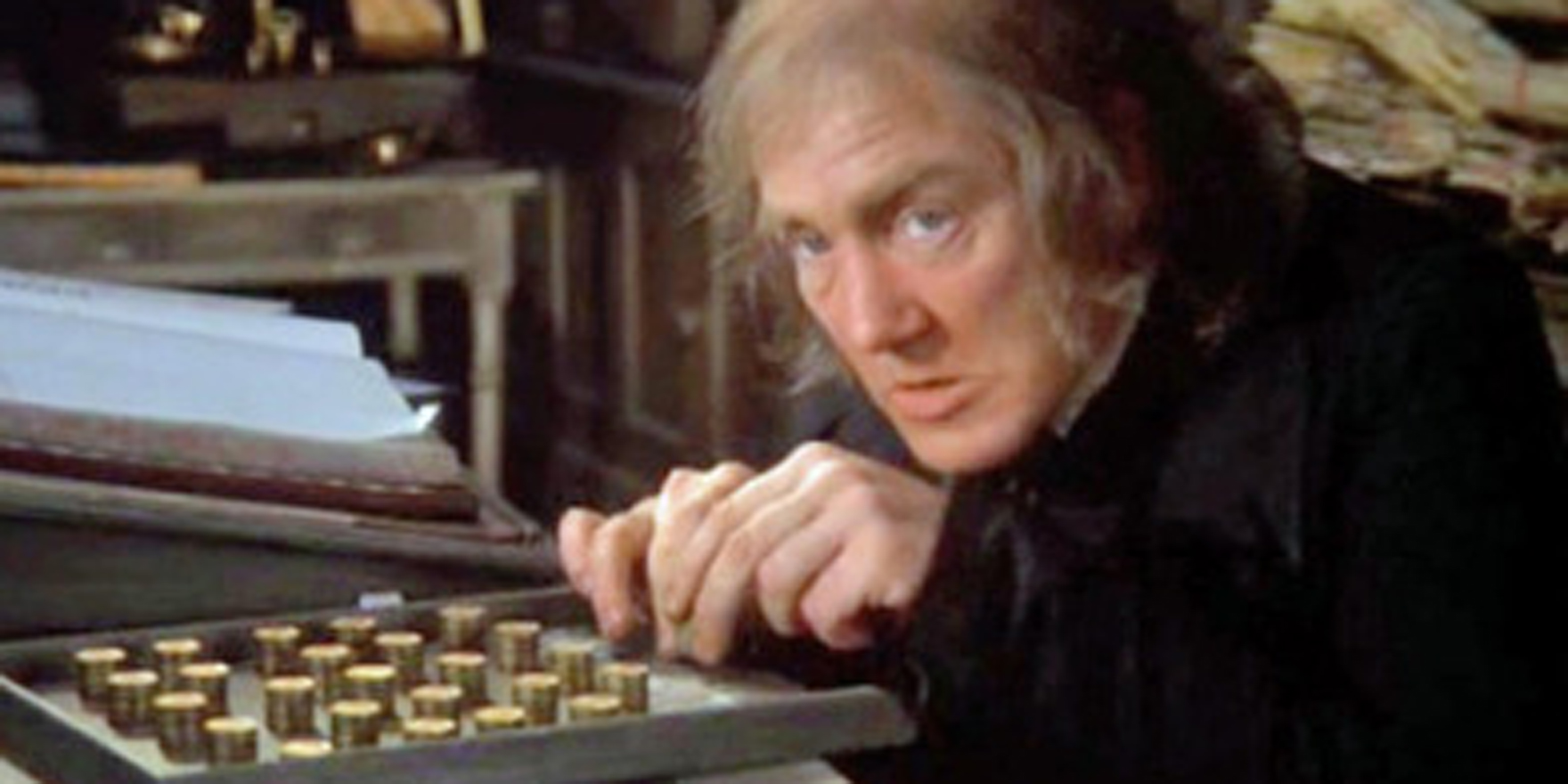Doctors are dismayed by Canberra's failure to find new funds for Health Care Homes trials
The federal government’s failure to find new funds for GP-led Health Care Homes trials has marred the long-awaited announcement of the 10 PHNs to host the scheme starting next year.
RACGP President Dr Frank Jones made it clear the college was unhappy that the announced funding of $120 million has been simply re-directed from existing Medicare GP payments.
The lack of an additional commitment meant the 200 general practices to take part in the trials would be expected to provide more services with the same amount of money, Dr Jones said.
“This is in reality $21 million from the Practice Incentive Program re-directed to infrastructure, training and evaluation, and $90 million of funding for some MBS chronic disease management items being cashed out of Medicare.
This did not represent “genuine investment” in the Health Care Home, he said.
Prime Minister Malcolm Turnbull on Wednesday revealed the PHNs that will launch in 2017 what he called a “very significant reform”.
Although details have not been fleshed out, the initiative involves quarterly bundled payments to general practices to manage comprehensive care for chronically ill patients, including allied health and enhance use of electronic communications.
As a start, some 65,000 patients are to be enrolled in the 10 trial areas.
Echoing the RACGP’s disappointment, Australian Medical Association President Dr Michael Gannon said the reality was that GPs could not afford to deliver enhanced care to patients without extra support.
“If the Health Care Homes funding model is not right, GPs will not engage with the trial, and the model will struggle to succeed,” he said.
Earlier, Dr Gannon said the $21 million in start-up money would be spent mostly on consultants, not GPs or patients.
The RACGP has calculated an adequately funded trial would require $100,000 on average per practice per year – on top of the current funding for CDM items and other relevant MBS items.
The college’s plea for the government to extend the two-year trial to five years, to allow proper evaluation of the scheme, also fell on deaf ears.
“Extending the pilot to five years is crucial to fully test the model(s) in Australia and to understand what will and will not work for patients and the health system,” Dr Jones said.
Accompanying Mr Turnbull at the announcement in western Sydney, Health Minister Sussan Ley said the new quarterly payment model would simplify the current “very clunky” system.
“It is practice incentive payments, there is Medicare payments, there is team care arrangements – there’s an awful lot of forms to fill in. There’s lots of work to do that actually isn’t spending time with the patient,” she said.
“We want to say, here is one quarterly payment bundled up for all of the patients’ needs and allow the doctors the flexibility to do what they want.
“That might be outside hours. You might be receiving a newly diagnosed diabetic patient’s blood glucose levels on your computer at home, you might spend half an hour in the same way many of us do of an evening doing something on your computer or iPad that involves patient care.
“At the moment doctors are not remunerated for that. It’s very much nine-to-five, consultation-based. This is building on what we have and making it better.”
Three of the PHNs are in NSW: Western Sydney, Hunter New England and Central Coast, and Nepean Blue Mountains.
The others are Perth North, Brisbane North, South Eastern Melbourne, Adelaide, Country South Australia, Tasmania and the Northern Territory.
The RACGP said it had developed the first Standards for the Medical Home, which will be released at its annual conference to be held in Perth from 29 September to 1 October.


